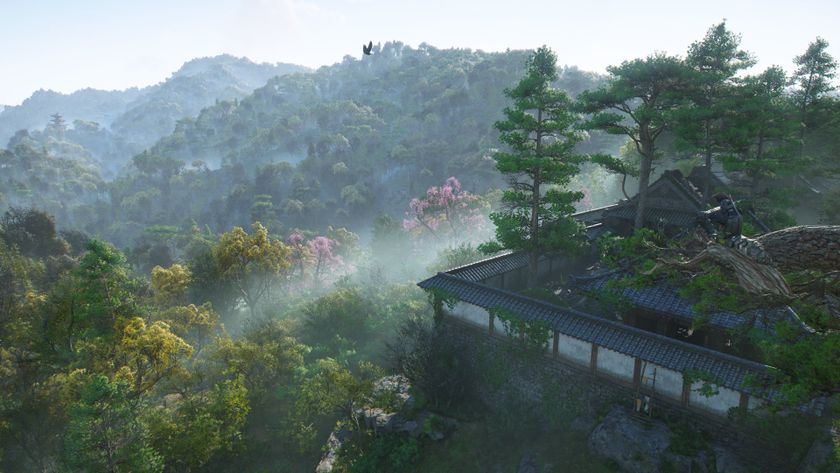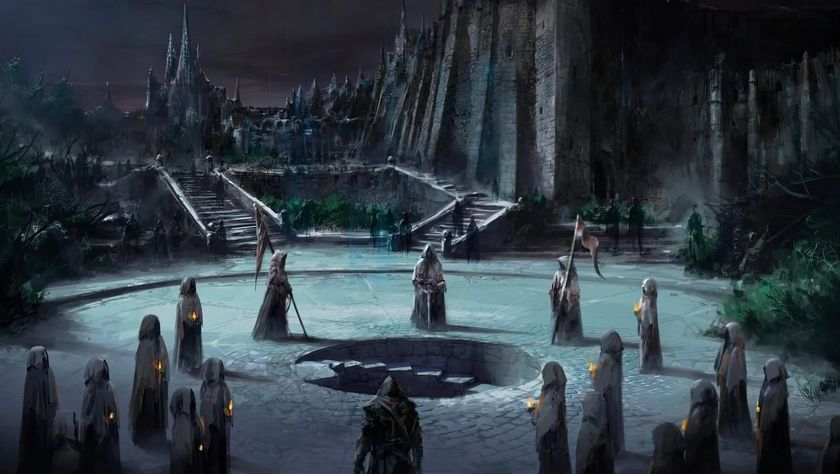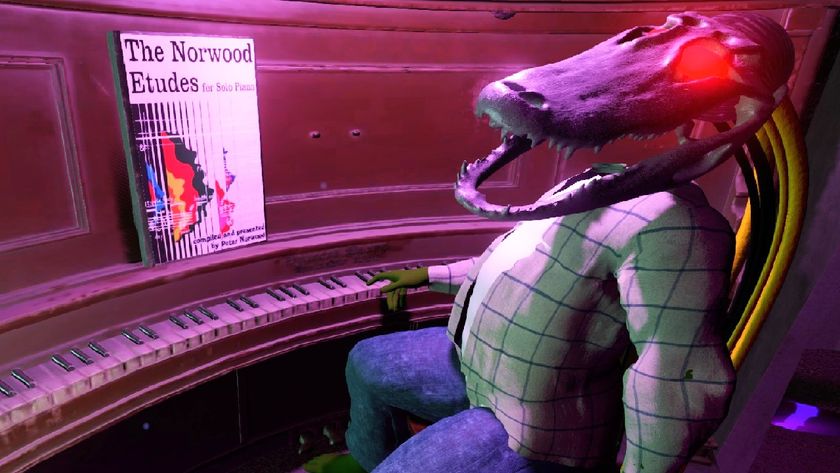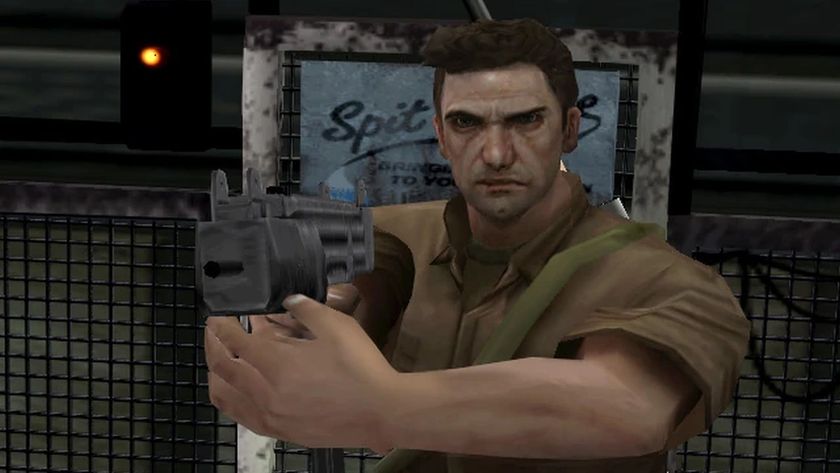Tracer brings genuinely new ideas to Heroes of the Storm
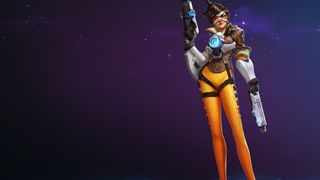
A lot of Blizzard fans got their first chance to play as (and against) an Overwatch character this week—although perhaps not in the game that they were expecting. Tracer's arrival in Heroes of the Storm is a marketing move, for sure: another step up the steep hype mountain that has been building since BlizzCon 2014.
Even so, Tracer introduces a bunch of new ideas to Heroes of the Storm that elevate her above traditional preorder bonus fluff. She's not just a legitimate addition to the roster: I'd go as far as to say that she feels different to any other MOBA character I've played, and this is a direct consequence of her FPS origins. Blizzard could have easily transposed her into the game with a traditional skillset—similar to Valla, in all likelihood—and that would have been fine. Instead they've put the work in to make Tracer different, and that's to their credit.
Tracer's Overwatch skillset is the starting point. She can blink up to three times, with each consuming a charge that regenerates over time. She can rewind time to return to where she was a few seconds ago, although until she picks up a particular level 20 talent this doesn't restore the health she loses in that time. This ability, Recall, has actually been on a bit of a journey from MOBA to FPS and back again: in its Overwatch incarnation it works exactly like Weaver's ultimate, Timelapse, in Dota 2. In Heroes of the Storm it's essentially a weaker version of the same power until she gets to level 20, at which point she's Weaver again. This genre has always been about trading ideas back and forth.
She's also got a melee attack—a beefier version of her pistolwhip attack from Overwatch—and an ultimate that involves throwing a bomb that can stick to enemies. What is unusual about Tracer is that all of these abilities have been tuned to encourage a playstyle that mirrors the way she works in the shooter. None of her basic abilities use mana—they're all on a cooldown, just like in Overwatch. Her ultimate is available from level 1, and doesn't have a cooldown—it charges when you do damage to enemies, just like in Overwatch.
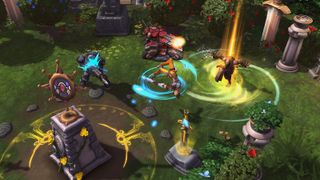
Her basic attack is a rapid-fire SMG burst mitigated by the need to pause and reload, just like in Overwatch. And, most importantly, she's not bound by the universal MOBA convention that firing is one action and moving is another. Tracer can target an enemy and continue to shoot at them while strafing and juking, which allows her to do things that no other character in the game can.
A MOBA character that can run backwards while shooting feels like a paradigm shift. It reminds me of the first time I fought one of those massive crabs in Dark Souls III—they run sideways, as crabs are wont to do, and this is a complete game-changer in a combat system that is otherwise fundamentally about trying to get behind a big metal demon so that you can stick a greatsword up its bum.
Tracer's a bit like that. Not the bum thing—let's not get into that again—but the 'this is new' thing. When you've spent thousands of hours internalising the idea that the squishy right-clicker you're chasing will need to stop and turn to shoot you, encountering a character that defies that expectation is a big deal. It feels great to play with, too. Selecting your target and then right-clicking to move takes a bit of adapting to, but the strategic space it opens up is a lot of fun. Getting a kill on a determined pursuer while running backwards and blinking to dodge their skillshots is exactly what Tracer should be doing in any game in which she appears.
The biggest gaming news, reviews and hardware deals
Keep up to date with the most important stories and the best deals, as picked by the PC Gamer team.
It's different enough that it feels completely overpowered, at least when you first encounter it. Tracer is particularly good at taking down squishy assassins like Jaina and Li Ming: there's simply nowhere for them to run, and every time they stop and turn to throw down a spell she'll be on top of them, circling them, shooting all the while.
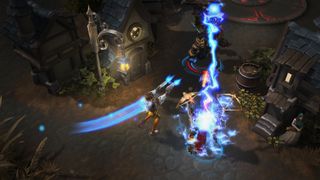
I'm not going to comment on whether or not Tracer actually does need a nerf—my instinct is 'no', but the data isn't conclusive yet. The fact that she literally runs circles around certain heroes, coupled with the notion that she defies the rules of the game, is exactly why I'm impressed by her design. For me, one of the joys of this genre is its ability to throw up situations where you think 'how the hell do you deal with that?' When you encounter something truly new, it should feel overpowered: and the onus should be on you as a player to learn to deal with it.
The key to good MOBA design is that each new addition throws up new possibilities for all players, not just the one wielding the hot new hero. Tracer's a good example of this: landing a skillshot on her Recall point ends her day very, very quickly, and her aggression is easily punished by anybody who is handy with a reliable instant disable. Tracer is enormously fragile, which raises the skill ceiling for the player controlling her while, on the flipside, making it really gratifying to land the hit that takes her out. Blizzard are using Overwatch's basic principles to find ways to make Heroes of the Storm a more interesting game, and that's a really good thing.
Despite its accessibility, Heroes of the Storm is actually building up a healthy reputation for character designs that throw off convention in exactly this way: Abathur represents an early instance of this, while the two-players-in-one-body hero Cho'Gall stands out as a pertinent recent example. In that sense, Tracer's circle-strafing weirdness is actually a continuation of a trend for the game, and it’s this trend that keeps me playing even as someone whose heart ultimately belongs to Dota.

PC Gamer Pro is dedicated to esports and competitive gaming. Check back every day for exciting, fun and informative articles about League of Legends, Dota 2, Hearthstone, CS:GO and more. GL HF!
Joining in 2011, Chris made his start with PC Gamer turning beautiful trees into magazines, first as a writer and later as deputy editor. Once PCG's reluctant MMO champion , his discovery of Dota 2 in 2012 led him to much darker, stranger places. In 2015, Chris became the editor of PC Gamer Pro, overseeing our online coverage of competitive gaming and esports. He left in 2017, and can be now found making games and recording the Crate & Crowbar podcast.
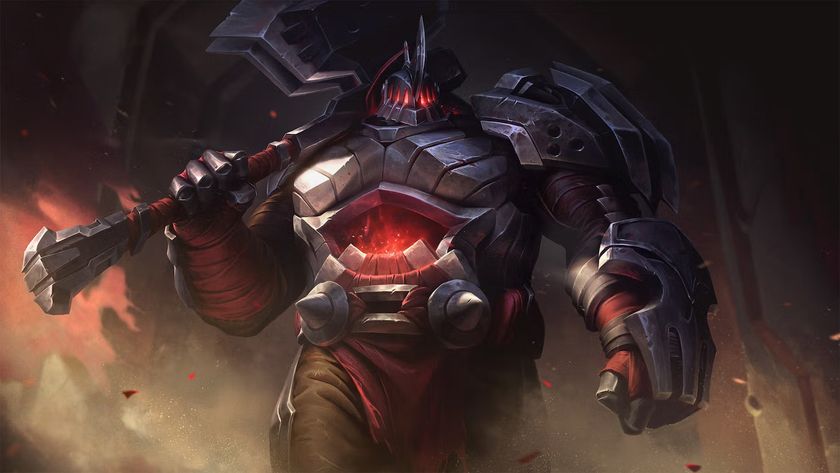
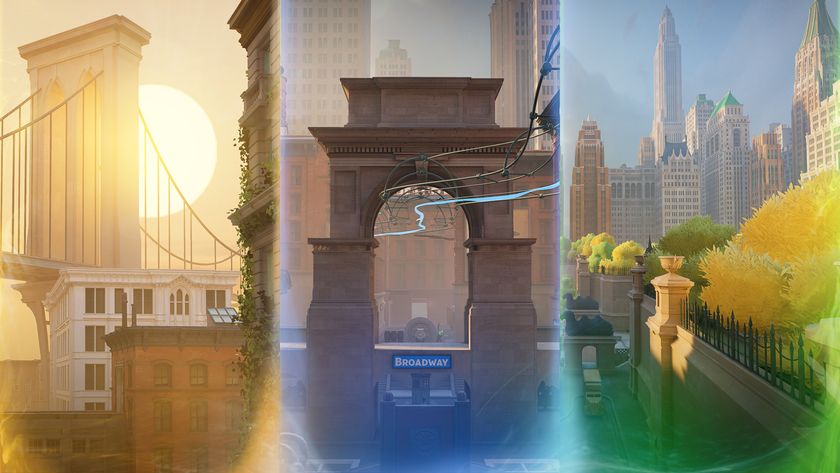
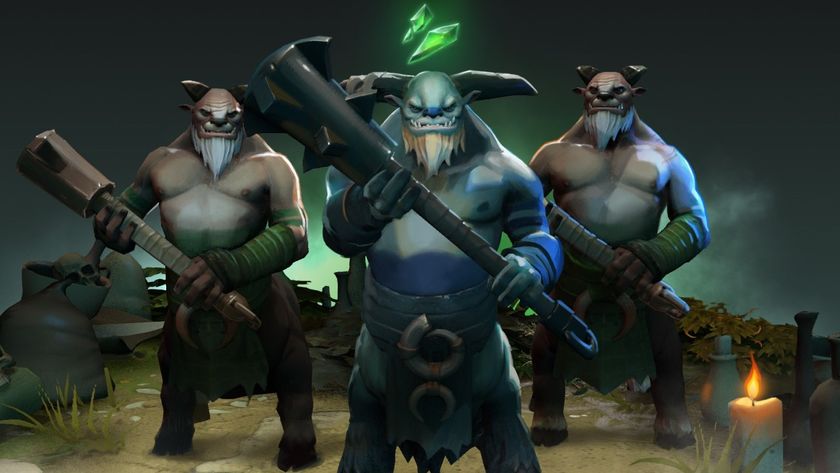
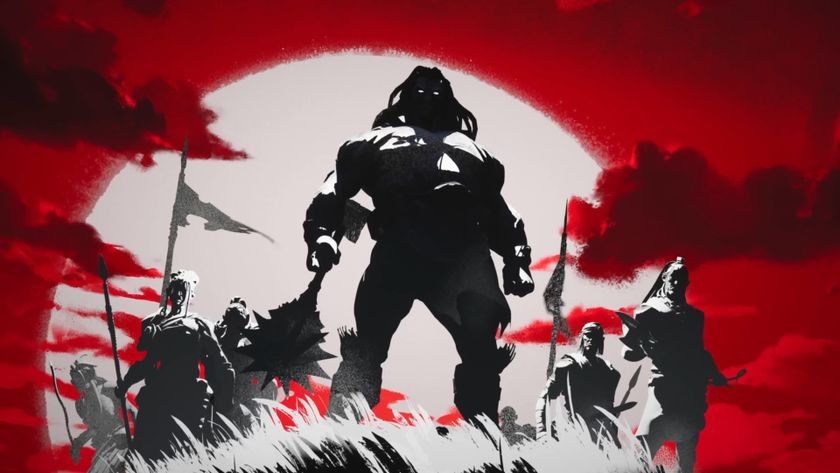
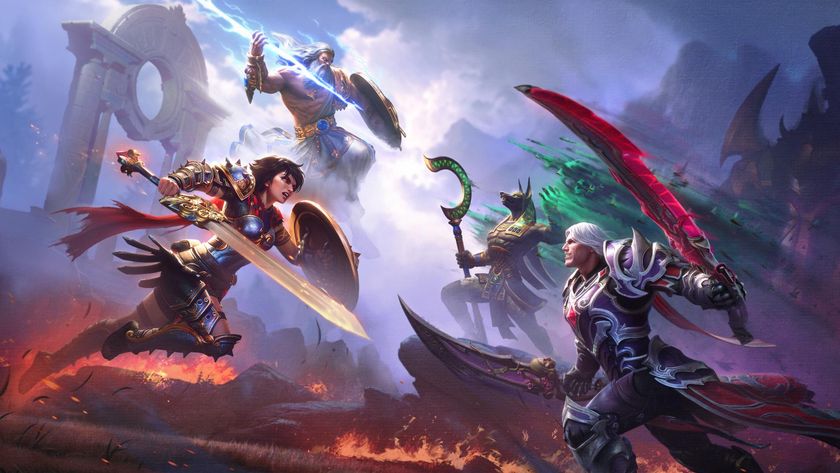
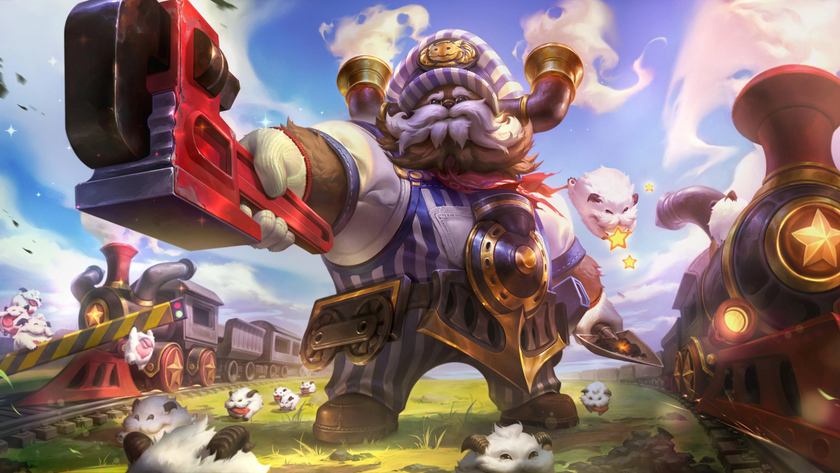
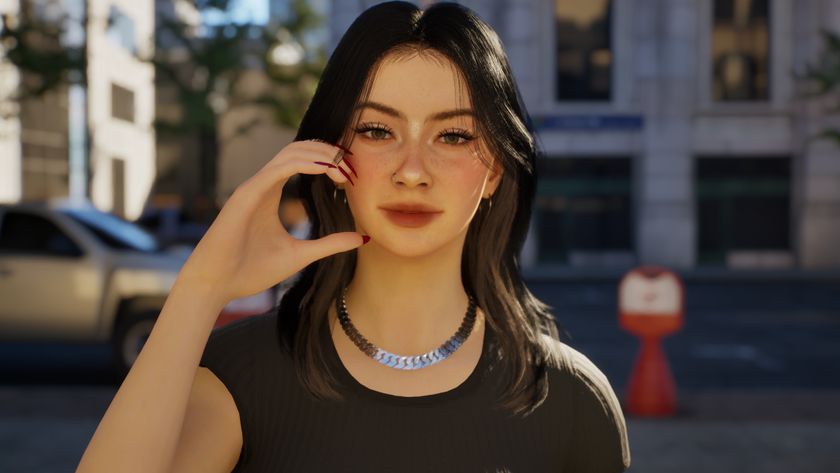
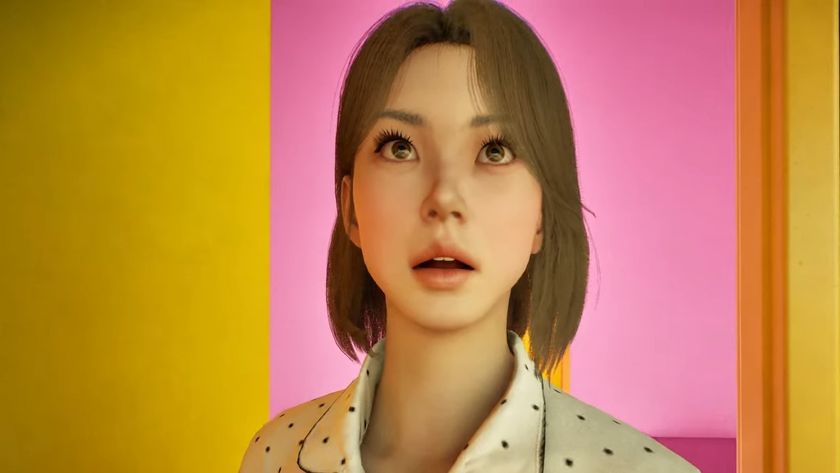
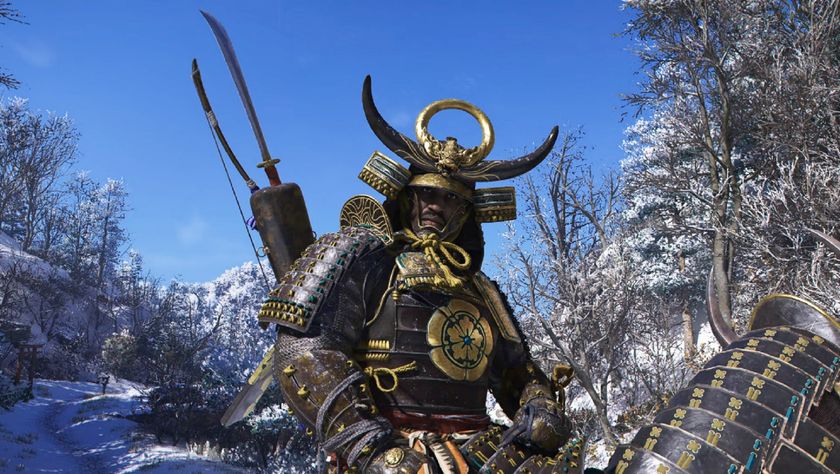
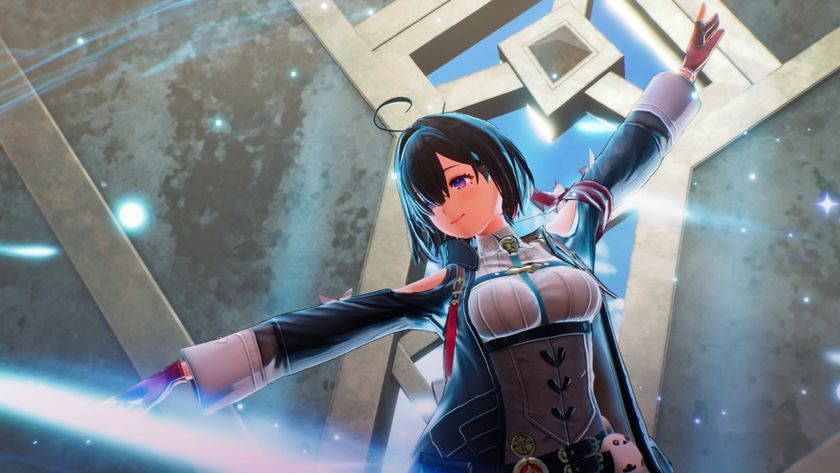
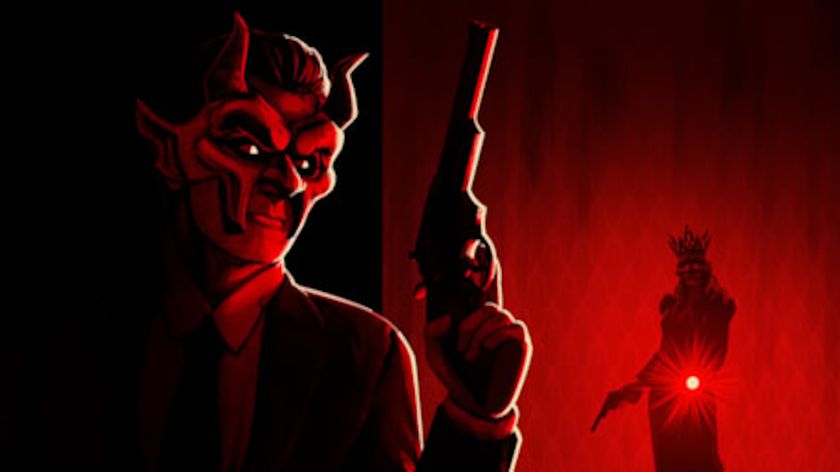
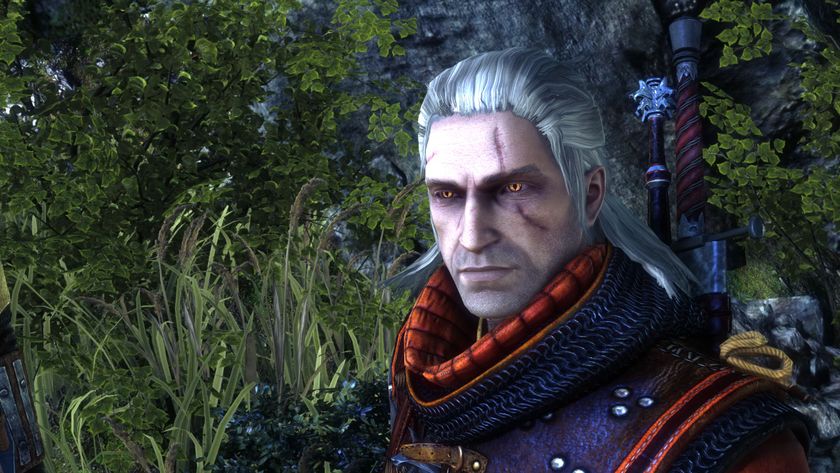

Riot walks back unpopular League of Legends changes: Hextech Chests are coming back, and the Blue Essence cost for new champions will be cut in half

Deadlock gets a massive map overhaul that shrinks its map from four lanes to three: 'This has a large range of accompanying map-wide changes'


